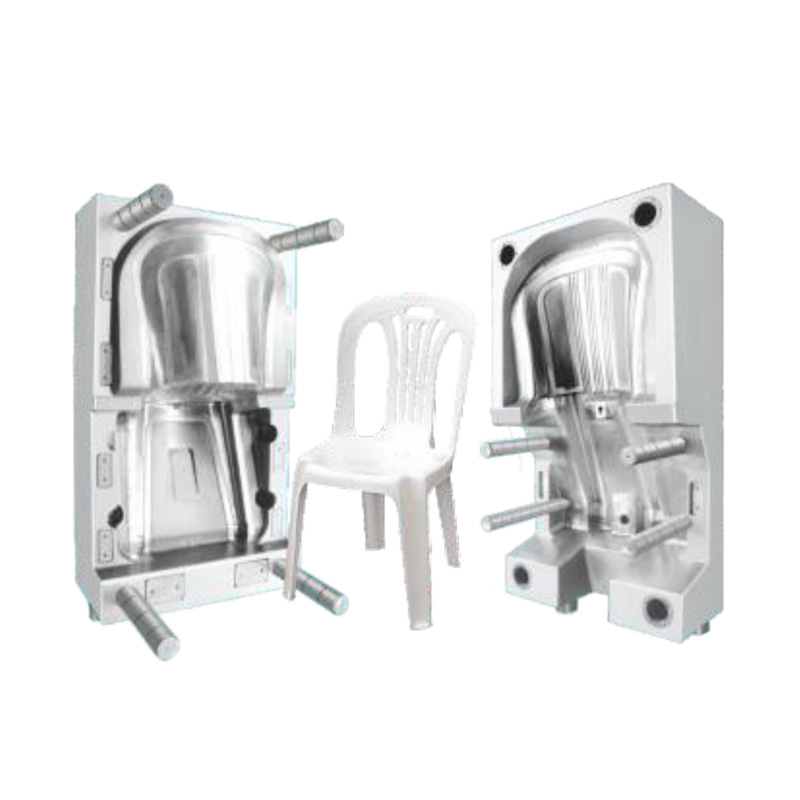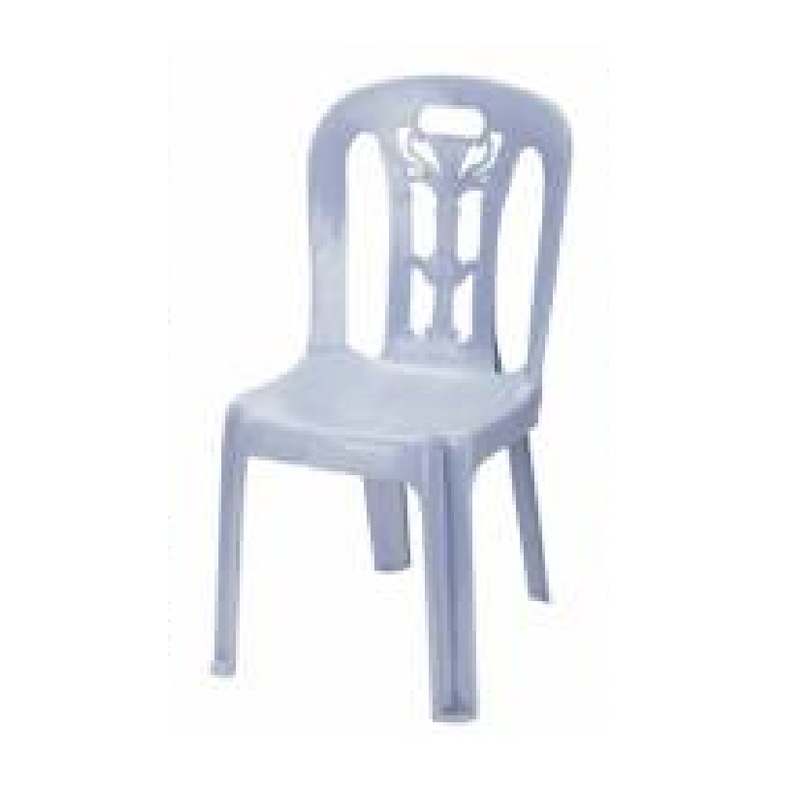1. What types of molding technologies are feasible for making plastic chairs?
We typically consider two primary molding approaches for plastic chairs:
-
- Injection molding: especially suitable for relatively slim, stackable plastic chairs, dining chairs, or molded shell chairs, where detailed surfaces, textures, ribs, and reinforcement features are needed.
- Blow moulding / air forming / gas assist / thermoforming: sometimes used for hollow or tubular sections, or designs that require enclosed cavities with less material, such as garden chairs or lounge shells.
- Rotational molding is less common for standard chair shapes (because of flat surfaces), but could be applied to certain hollow-shell lounge chairs or curved chairs if the geometry allows.
From a manufacturer's perspective, we will assess your desired chair design, wall thickness, strength requirements, aesthetics, and volume to decide the optimal molding approach.
2. What special features or challenges does an armless plastic patio chair mold with backrest bring?
An armless patio chair mold (with backrest) typically demands attention to these aspects:
-
- Large surface area and curvature: The backrest is often a broad, sweeping surface, which demands careful control of material flow and cooling to prevent warpage or sink marks.
- Ribs and reinforcement structure: To ensure strength while keeping weight low, the chair will often have ribs, gussets, or structural webs that must be molded cleanly and without weld lines.
- Draft angles and undercuts: The backrest, seating shell, and leg junctions often require carefully designed draft and possibly side cores or slides for undercuts.
- Gate placement and flow balancing: Because the chair surface is large, the gate(s) must be placed to feed evenly, avoiding flow hesitations, short shots, or flow lines.
- Ejection / demolding design: Ejector pins or plates need to be placed so that the chair is removed without distortion; backs, seat surfaces, and edges must demold cleanly.
- Surface finish & texture: Many outdoor chairs require textured finishes (e.g. simulated rattan, matte texture) to mask scratches and improve aesthetics, which increases mold polishing and checking complexity.
The mold would need to incorporate all these considerations — for example, having multiple cooling channels, balanced gating, possibly side core mechanisms or inserts, and precise temperature control to manage differential shrinkage.
3. What are the major cost drivers for a plastic chair mould?
Key cost factors include:
-
- Mold size and weight (bigger molds = more steel, machining)
- Complexity (slides, lifters, side cores, inserts)
- Number of cavities (multi-cavity molds are more expensive)
- Surface finish and texture (fine textures, engraving, matte finishes add time)
- Cooling system complexity (multi-zone cooling, conformal cooling)
- Trial & debugging work (iteration cost)
- Steel grade and hardness
- Precision tolerances
As a manufacturer, we aim to balance tooling cost with downstream cost savings (e.g. cycle time reduction, yield improvement).
4. How many cavities should a chair mold have?
The choice of single vs multi-cavity depends on:
-
- Annual output / cycle target: For large volume, multi-cavity may reduce overall cost per part.
- Part size & machine capacity: A chair is relatively large; fitting multiple cavities may require very large injection machines and platens.
- Balance & uniform filling: More cavities increase the challenge of balancing flow and avoiding variation across cavities.
- Maintenance & risk: A defect in one cavity in a multi-cavity mold can stop larger production.
Often for full-size chairs, a 1-cavity or 2-cavity mold is more practical. In smaller stacking chairs or kids' chairs, 4 or 8 cavities might be considered.
5. How do you control warpage, shrinkage, and part consistency in large-surface chair parts?
To ensure high quality parts:
-
- Use mold flow simulation early to optimize gate location, wall thickness balancing, and flow paths.
- Design uniform wall thicknesses, minimizing abrupt thickness changes.
- Ensure balanced cooling — each region of the mold (backrest, seat, legs) should cool uniformly.
- Place ribs and stiffeners to minimize deflection but avoid thick ribs that cause sink.
- Use multiple cooling circuits or zones if necessary.
- Adjust gate size and type (pin gate, fan gate) to reduce flow hesitation.
- Include proper venting so air doesn't trap and distort the part.
- Perform iterative sample trials and adjustments (gate trimming, mold temperature tweaking) before full production.




